Holcim and Alejandro Aravena reveal sustainable housing unit in Venice
The construction company and the Chilean architect launch innovative carbon-sink technology for housing at the Venice Architecture Biennale

When Swiss construction giant Holcim created a way to blend carbon-guzzling biochar with cement and mortar, it turned to Chilean architects Elemental to create a project for the Venice Biennale; concrete can be a hard sell in the West these days, but in developing countries it’s often the affordable, reliable material of choice, and therefore, it's important to improve its sustainable architecture potential. The result is the Basic Services Unit (USB) – a slice of a house – on show in Marinaressa Gardens and at Palazzo Mora in Venice, launching during the Venice Architecture Biennale 2025.
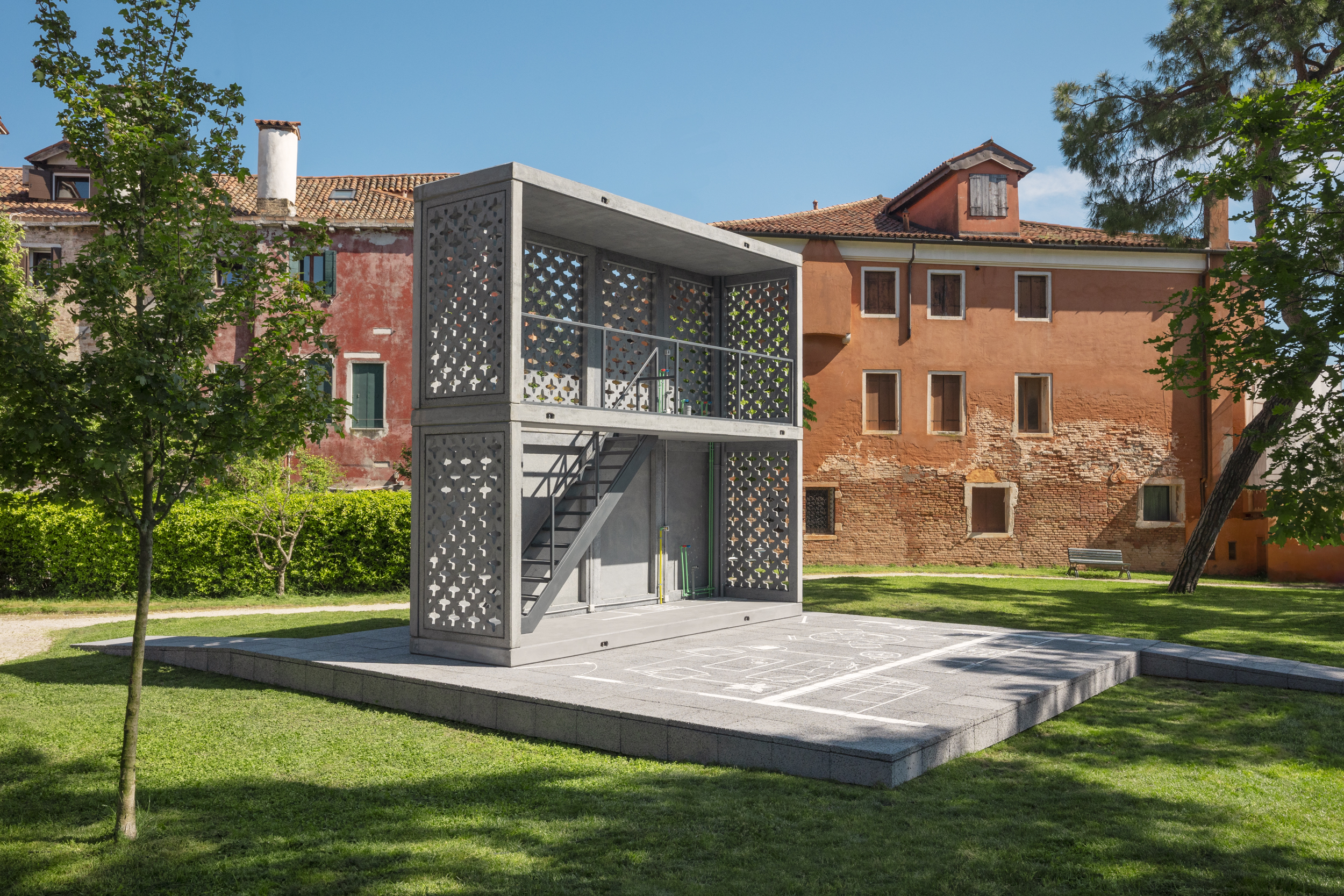
Explore Holcim and Alejandro Aravena’s collaboration: Basic Services Unit
Biochar is a charcoal-like material, formed from any organic waste, from food to sewage. Normally, this end-of-life matter releases CO2, but when it is burned through a process of pyrolysis, the emissions are halted (one kilogramme of biochar absorbs three kilos of CO2). The Basic Services Unit, made wholly from biochar mixed with regular cement and recycled aggregates, is a net-zero structure that is as strong, durable and fire-resistant as a regular concrete building.

As such, it offers a sustainable alternative to monotonous, unecological, low-cost housing. ‘In Latin America, houses are built by people, so they need to be part of the process,’ explains Elemental founder Alejandro Aravena, who won the Pritzker Prize in 2016 for his innovative social housing. ‘Holcim’s new decarbonising technology allows us to address the speed and scale of the housing crisis without putting any more strain on the environment.’

It's a continuation of Aravena’s 20-year development of incremental housing, whereby owners start with a safe, fire-resistant, architect-designed framework and build from there as and when they can afford to. More than 4,000 low-cost Elemental houses have been built this way in Chile. At the two-storey house in Venice, furniture, sanitaryware and a kitchen are painted in chalk next to the solid walls to show viewers how the dwelling would likely evolve. ‘Even if the authorities don’t want people to build, they will,’ says Araveno, ‘and what they create is usually more beautiful.’
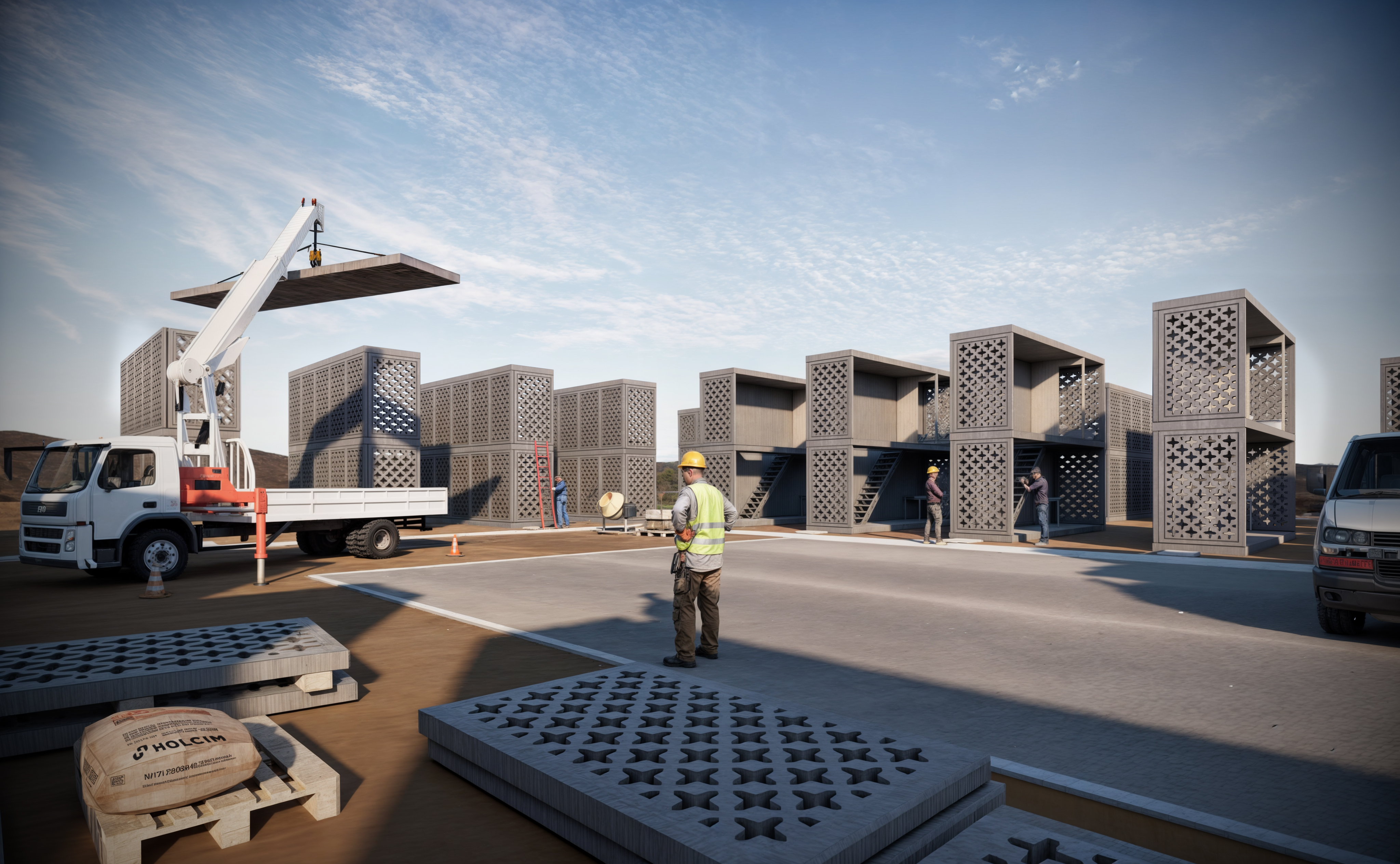
Holcim CEO Miljan Gutovic adds: ‘We need to build faster and deliver innovative and sustainable solutions, and Latin America is a key area of interest.’ With a staff of 65,000 and operations in more than 50 markets, Holcim is trialling its biochar technology in 11 countries, among them Spain, where it has used biochar mortar; and London’s Wood Wharf, where cement has been mixed with biochar made from coffee grounds and wood. Elemental’s Basic Services Unit in Venice is the most high-profile application of the mat so far.
'The unit combines science, technology, sustainability, security and safety,’ says Aravena. 'When combined with common sense, local knowledge and community empowerment, people can take over and avoid repetitive, dull, anodyne solutions. It can solve historical issues of social housing.’
Receive our daily digest of inspiration, escapism and design stories from around the world direct to your inbox.
Emma O'Kelly is a freelance journalist and author based in London. Her books include Sauna: The Power of Deep Heat and she is currently working on a UK guide to wild saunas, due to be published in 2025.
-
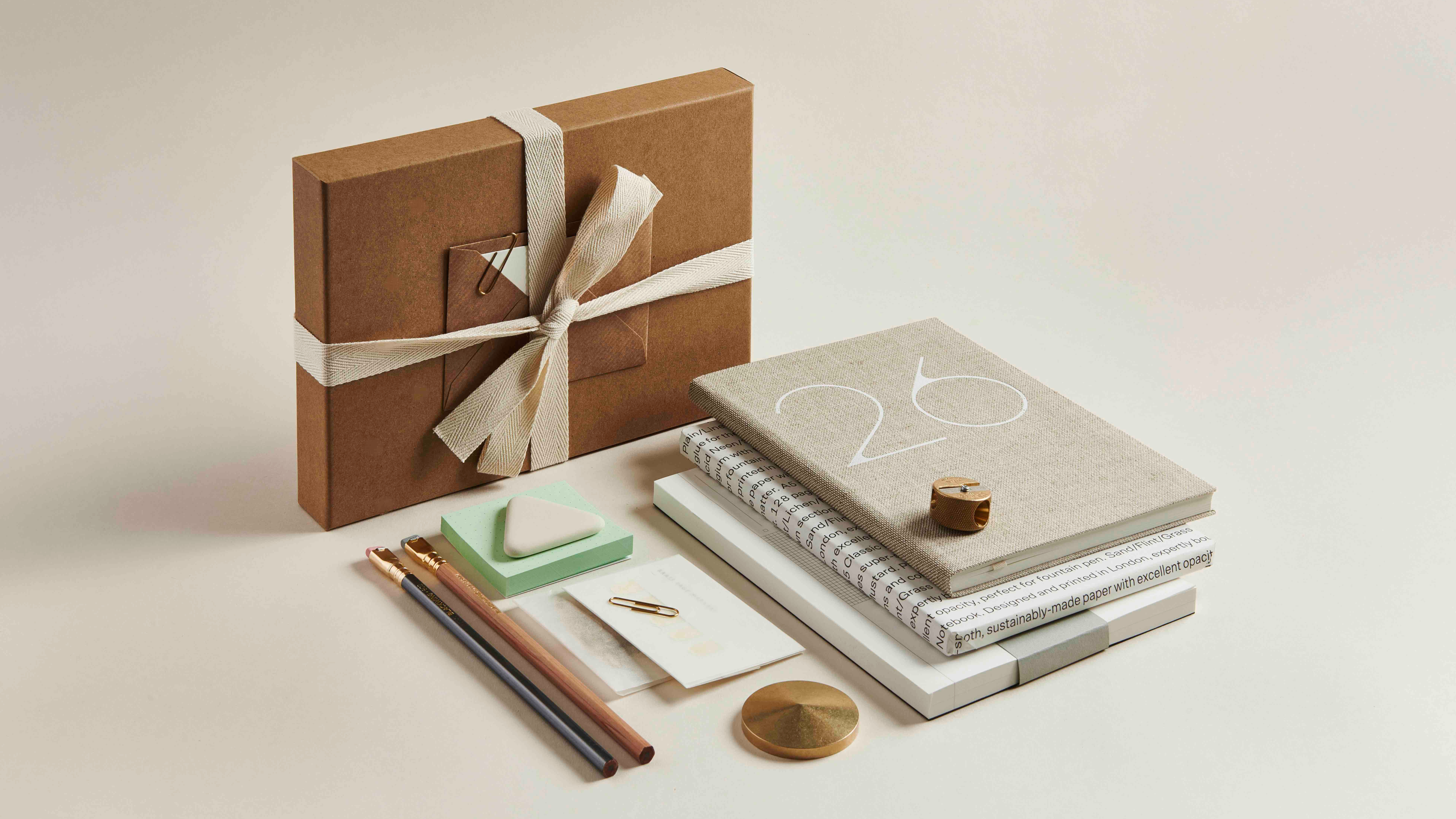 Mark+Fold Turns 10 with first Shoreditch pop-up
Mark+Fold Turns 10 with first Shoreditch pop-upBritish stationery brand Mark+Fold celebrates ten years in business with a Brick Lane pop-up featuring new products, small-batch editions and conversations with creatives
-
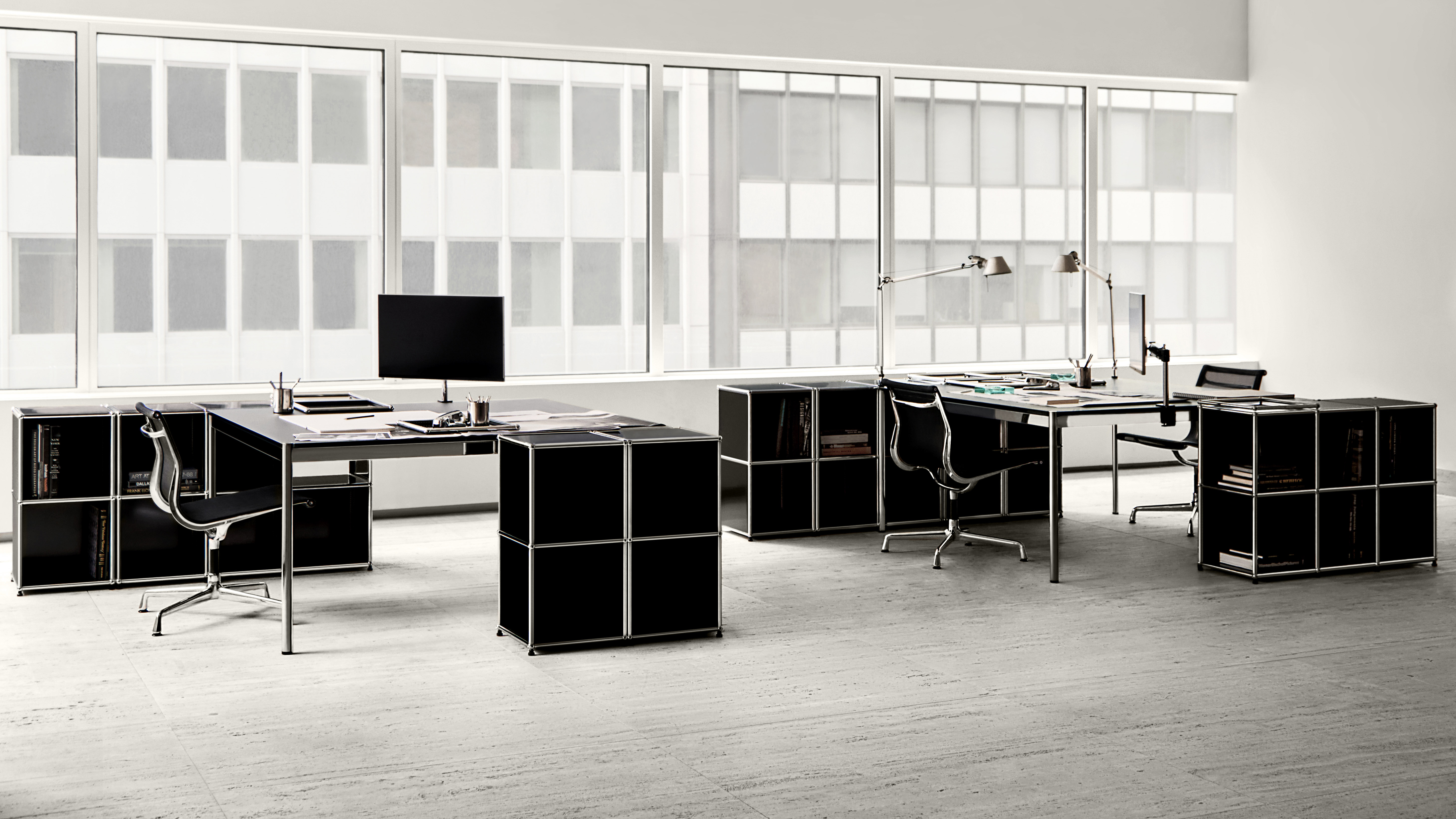 USM and Alexander May Studio present a monochrome meditation on the modern workspace
USM and Alexander May Studio present a monochrome meditation on the modern workspaceThese six flexible workspaces ‘encourage clarity of thought, calm, and self-definition’, says New York designer Alexander May of his partnership with the modular furniture brand
-
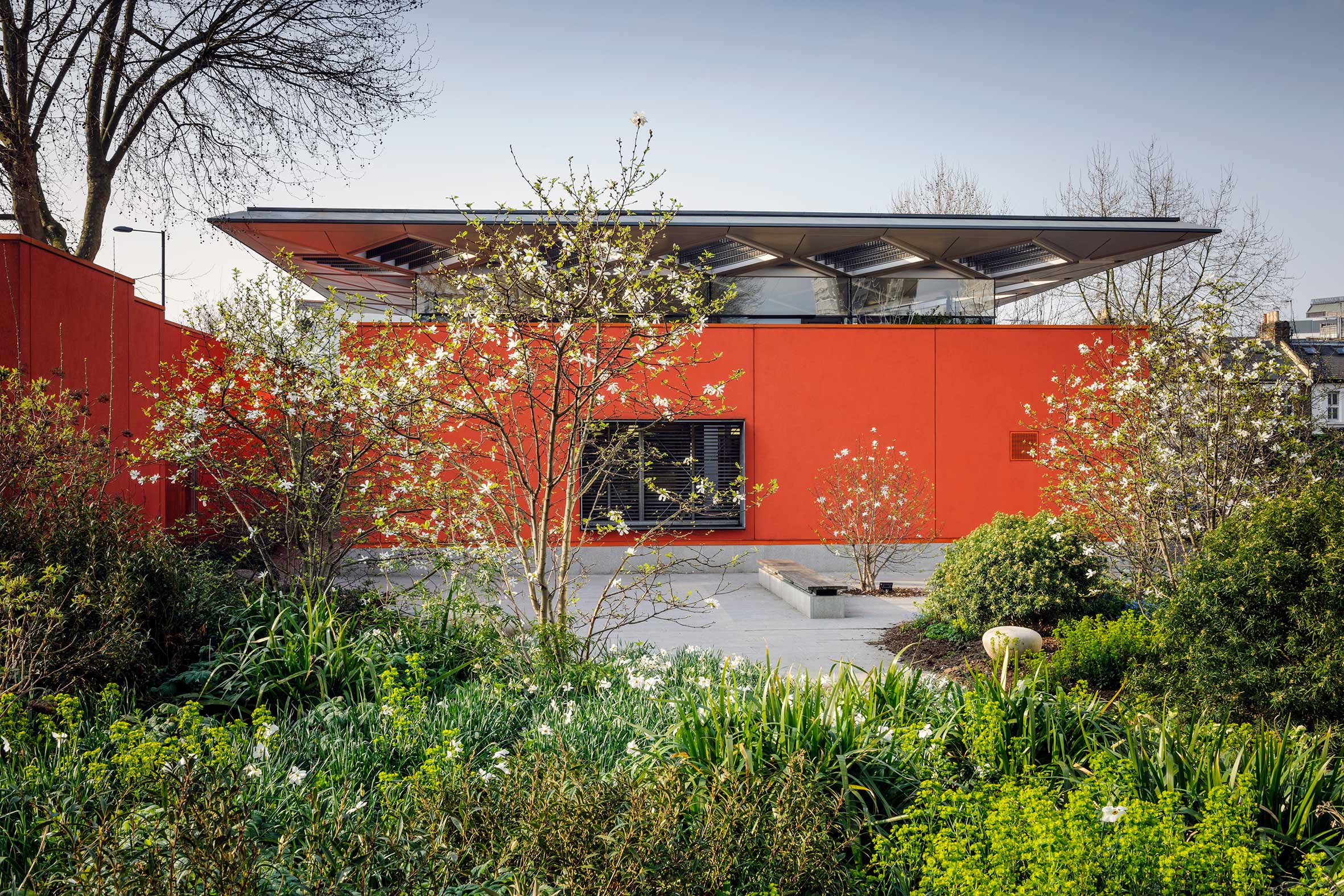 How Maggie’s is redefining cancer care through gardens designed for healing, soothing and liberating
How Maggie’s is redefining cancer care through gardens designed for healing, soothing and liberatingCancer support charity Maggie’s has worked with some of garden design’s most celebrated figures; as it turns 30 next year, advancing upon its goal of ‘30 centres by 30’, we look at the integral role Maggie’s gardens play in nurturing and supporting its users
-
 Want to be a Venice pavilion commissioner? Bring ideas – and your Rolodex
Want to be a Venice pavilion commissioner? Bring ideas – and your RolodexThe impressive showings of the USA's Venice pavilion in the Giardini belie the ambitious fundraising efforts that underpin them. Past and present curators tell us how it works
-
 A mesmerising edition of The Dalmore Luminary Series is unveiled in Venice
A mesmerising edition of The Dalmore Luminary Series is unveiled in VeniceThe Dalmore Luminary Series sculpture No.3 by Ben Dobbin of Foster + Partners, co-curated by V&A Dundee, launches in Venice during the 2025 Architecture Biennale
-
 A love letter to the panache and beauty of diagrams: OMA/AMO at the Prada Foundation in Venice
A love letter to the panache and beauty of diagrams: OMA/AMO at the Prada Foundation in Venice‘Diagrams’, an exhibition by AMO/OMA, celebrates the powerful visual communication of data as a valuable tool of investigation; we toured the newly opened show in Venice’s Prada Foundation
-
 How was Carlo Ratti’s ‘Intelligens’? Wallpaper* editors discuss the 19th Venice Biennale
How was Carlo Ratti’s ‘Intelligens’? Wallpaper* editors discuss the 19th Venice BiennaleHaving visited ‘Intelligens’, the 19th Venice Biennale's main show by curator Carlo Ratti, the Wallpaper* editors discuss what they saw at the world's biggest global architecture festival
-
 A Venice sneak peek into the new Fondation Cartier pour l’art contemporain by Jean Nouvel
A Venice sneak peek into the new Fondation Cartier pour l’art contemporain by Jean NouvelA new home for Fondation Cartier pour l’art contemporain by Jean Nouvel will open later this year in Paris; in the meantime, the Venice Architecture Biennale 2025 offered the perfect platform for a sneak preview of what's to come
-
 Sustainability underpins new Rolex Pavilion at the Venice Architecture Biennale
Sustainability underpins new Rolex Pavilion at the Venice Architecture BiennaleDesigned by architect Mariam Issoufou, the Rolex Pavilion is full of sustainably-minded soul – here’s what to expect from the building and the exhibit
-
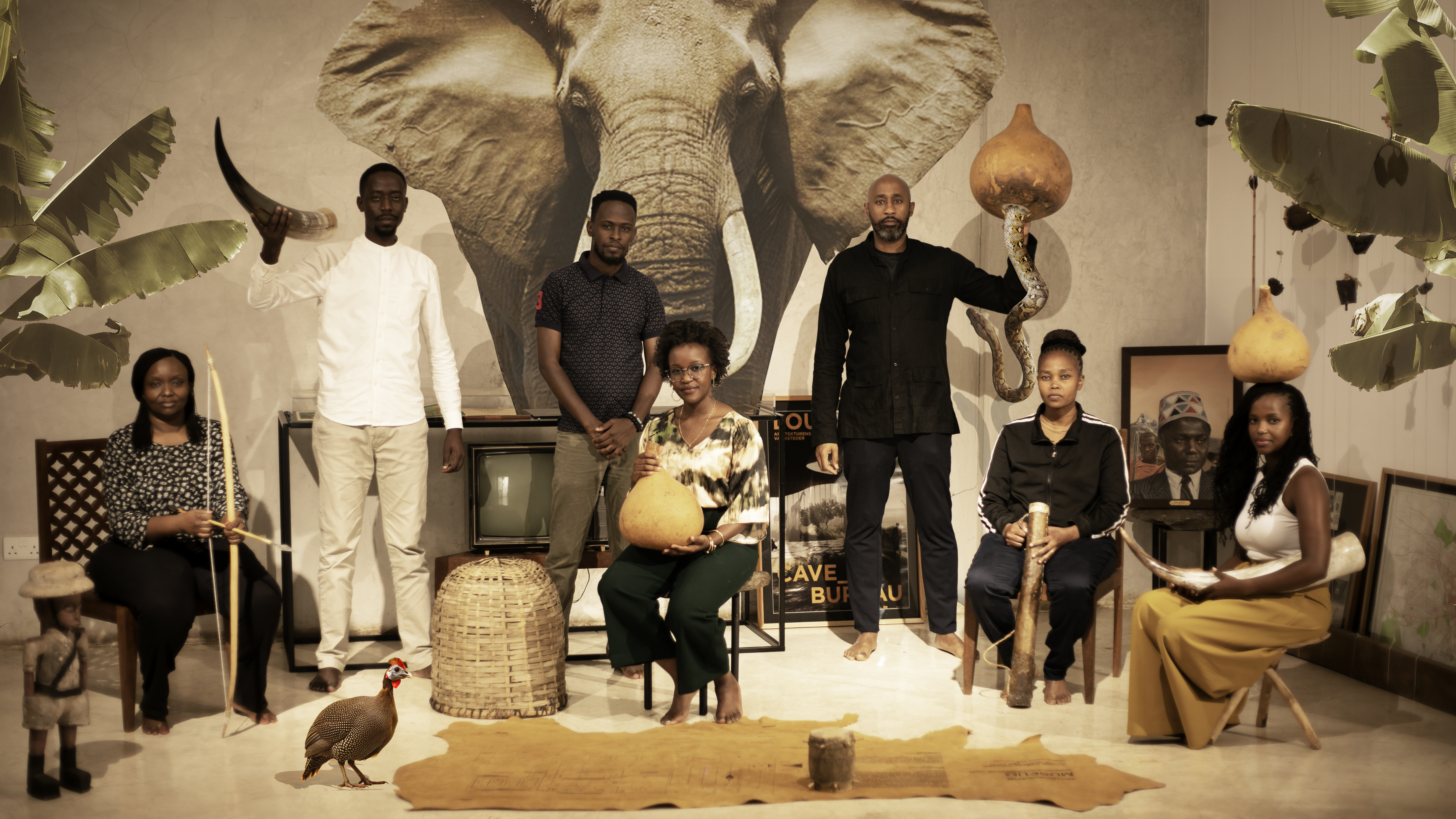 Enter the world of Cave Bureau, and its architectural and geological explorations
Enter the world of Cave Bureau, and its architectural and geological explorationsNairobi practice Cave Bureau explores architecture’s role in the geological afterlives of colonialism, as part of a team exhibiting at the British pavilion at the Venice Architecture Biennale 2025
-
 Meet Lisbeth Sachs, the lesser known Swiss modernist architect
Meet Lisbeth Sachs, the lesser known Swiss modernist architectPioneering Lisbeth Sachs is the Swiss architect behind the inspiration for creative collective Annexe’s reimagining of the Swiss pavilion for the Venice Architecture Biennale 2025